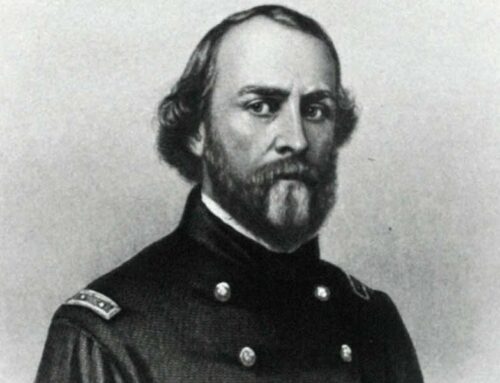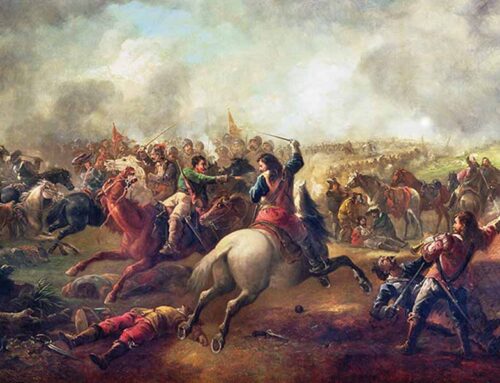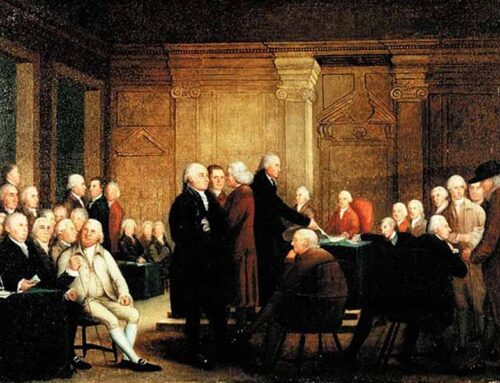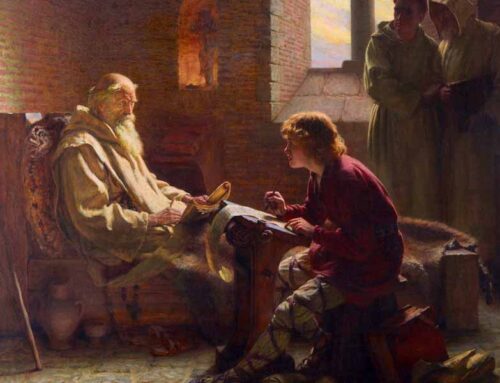
“Blessed be God, at the end of the last year I was in very good health, without any sense of my old pain… I lived in Axe Yard, having my wife, and servant Jane, and no more in family than us three.”—Samuel Pepys
Samuel Pepys’ First Diary Entry, January 1, 1660
 ith this inauspicious summary of the state of things, so began the diary of Samuel Pepys who would, in an astounding twist of providence, prove our greatest contemporary source regarding such impactful events as the Great Fire and Plague of London, the restored court of the Stuart Dynasty, The Anglo-Dutch war and the social aspect of post-Reformation England. For six years Mr. Pepys would chronicle in coded shorthand the various machinations of the English court that he was privy to as a chief Naval Officer. He candidly commentated upon theater and culture, on social catastrophes, on military might and personal infidelities.
ith this inauspicious summary of the state of things, so began the diary of Samuel Pepys who would, in an astounding twist of providence, prove our greatest contemporary source regarding such impactful events as the Great Fire and Plague of London, the restored court of the Stuart Dynasty, The Anglo-Dutch war and the social aspect of post-Reformation England. For six years Mr. Pepys would chronicle in coded shorthand the various machinations of the English court that he was privy to as a chief Naval Officer. He candidly commentated upon theater and culture, on social catastrophes, on military might and personal infidelities.

A facsimile of a portion of the first entry in Samuel Pepys’ diary

Samuel Pepys (1633-1703)
If it were not for a neglected spark in the kitchen of the King’s Baker on the night of September 1, 1666 that spread into an inferno from Pudding Lane to engulf an eventual four fifths of London, Samuel Pepys’ diary may have sunk into obscurity, his previous recounting condemned as humdrum. It was not enough to have survived the Great Plague the previous year—Providence now chose to put Pepys in a peculiar position to witness and record one of the most devastating disasters in western history.
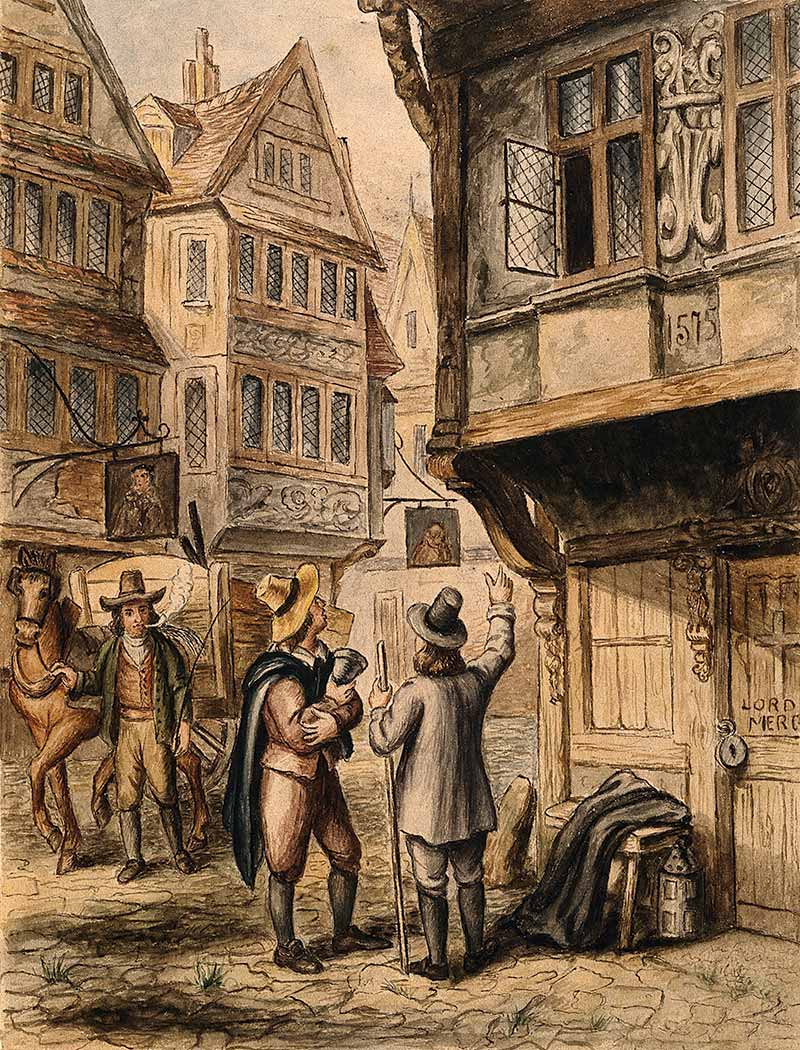
Plague-stricken London in 1665 showing a cart for gathering bodies
On the early morning of September 2, 1666, Pepys was awakened in his London home by a servant who had spotted the fire in the distance, warning that 300 homes had already been lost and it was feared London Bridge might be destroyed. Pepys rushed to the Tower of London to gain a better vantage point over the destruction which he might then report to the King at Westminster. From this view he wrote his eyewitness report in his diary:

Map of central London in 1666, showing landmarks related to the Great Fire of London, including Samuel Pepys’ home (just left of the Tower of London)
“Everybody endeavouring to remove their goods, and flinging into the river or bringing them into lighters that layoff; poor people staying in their houses as long as till the very fire touched them, and then running into boats, or clambering from one pair of stairs by the water-side to another. And among other things, the poor pigeons, I perceive, were loth to leave their houses, but hovered about the windows and balconys till they were, some of them burned, their wings, and fell down. Having staid, and in an hour’s time seen the fire: rage every way, and nobody, to my sight, endeavouring to quench it, but to remove their goods, and leave all to the fire, and having seen it get as far as the Steele-yard, and the wind mighty high and driving it into the City; and every thing, after so long a drought, proving combustible, even the very stones of churches, and among other things the poor steeple by which pretty Mrs.——– lives, and whereof my old school-fellow Elborough is parson, taken fire in the very top, an there burned till it fell down.”
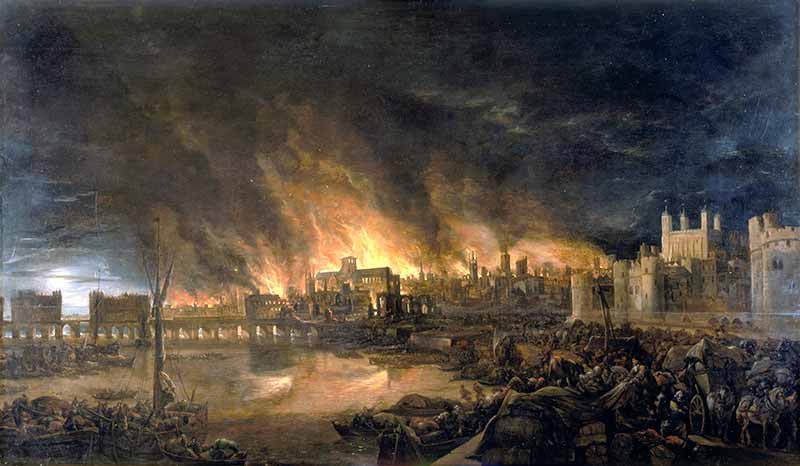
London burns in the background while people flee in boats to safety
It was upon Pepys’ advice that King Charles II issued the order for houses to be leveled in an attempt to create a firewall. The very next day Samuel Pepys himself abandoned London and all his belongings, seeking safety in the countryside. Upon his return to the city days later, the sight of his capitol so destroyed “caused me to weep.”
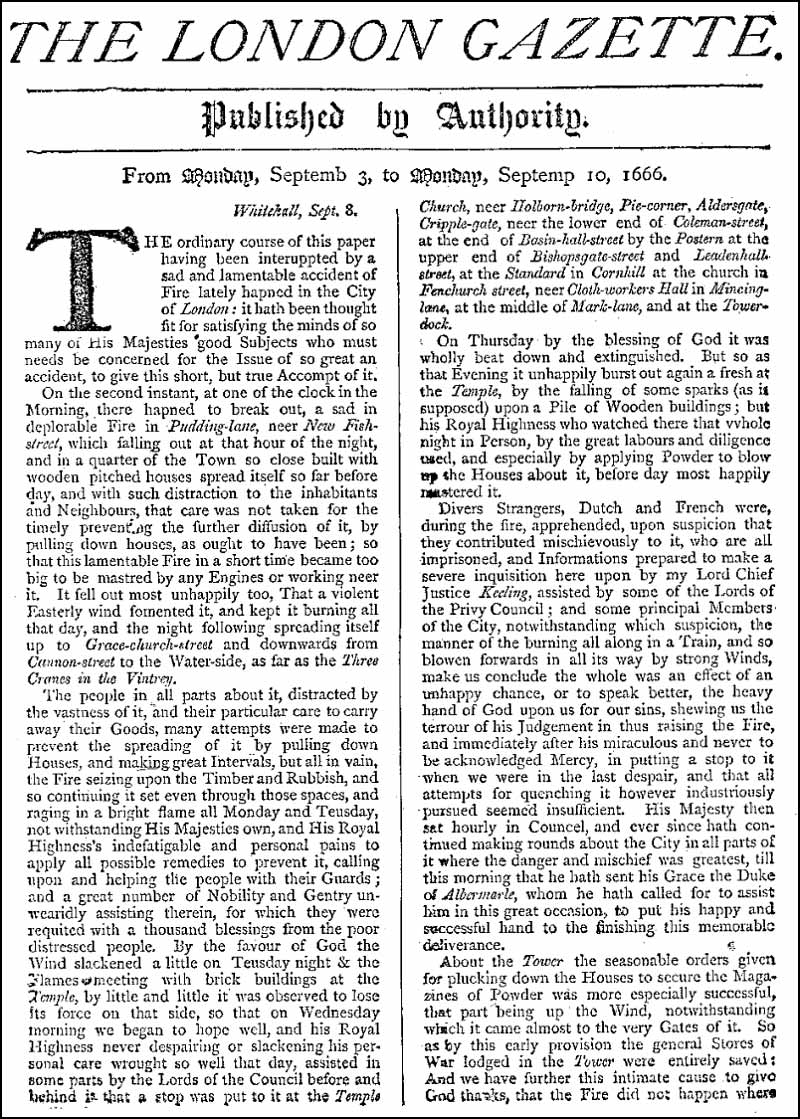
The London Gazette reports on the Great Fire of London on the morning of September 8, 1666
13,000 houses had been razed, St Paul’s Cathedral and many other landmarks destroyed, an estimated 100,000 people left homeless. Amongst such destruction Pepys found his own house untouched by the flames, and in it, his invaluable diary.
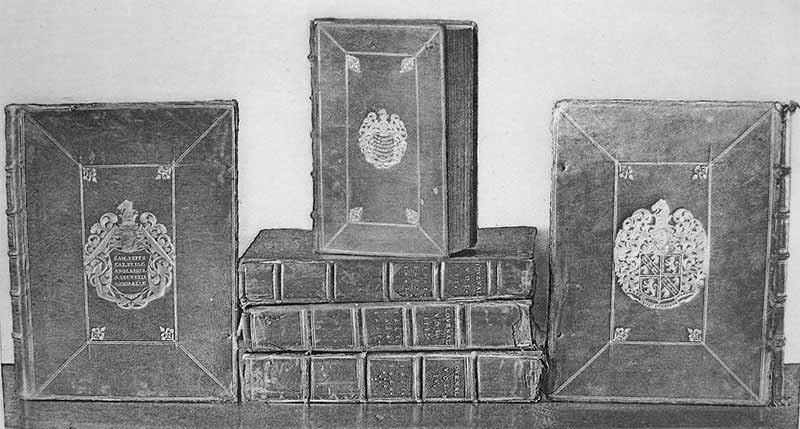
A six-volume edition of Pepys’ diary manuscript
London was soon rebuilt, its churches restored with loving care that made it the glory of its time, its modernized streets broadened and fireproofed by brick and stone, creating the iconic metropolis we all now know and love. Samuel Pepys abandoned his journaling in the year 1669 out of fear of permanently losing his eyesight. He personally bequeathed the beautifully bound record to Magdalen College, Cambridge, which had been his alma mater, and there it was promptly shelved and neglected for generations. Not until the early nineteenth century did a curious young student pull it from its nook, decipher its multi-language code and uncover in it a vast and priceless historical first-hand account of many events which served as turning points for the 17th century.
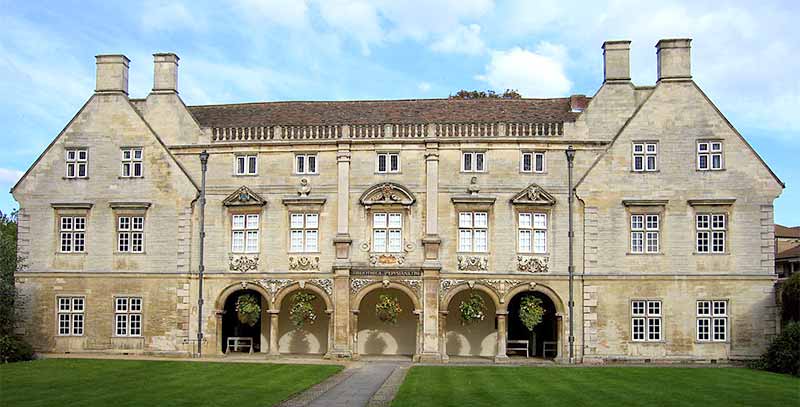
The Pepys Library in Magdalene College, Cambridge houses the diaries of Samuel Pepys along with his other books
Image Credits: 1 Pepys’ Shorthand (wikipedia.org) 2 Samuel Pepys (wikipedia.org) 3 London Plague (wikipedia.org) 4 The Great Fire of London, 1666 (wikipedia.org) 5 Map of the London Fire (wikipedia.org) 6 The London Gazette (wikipedia.org) 7 Pepys’ diary in 6 volumes (wikipedia.org) 8 The Pepys Library, Cambridge (wikipedia.org)


